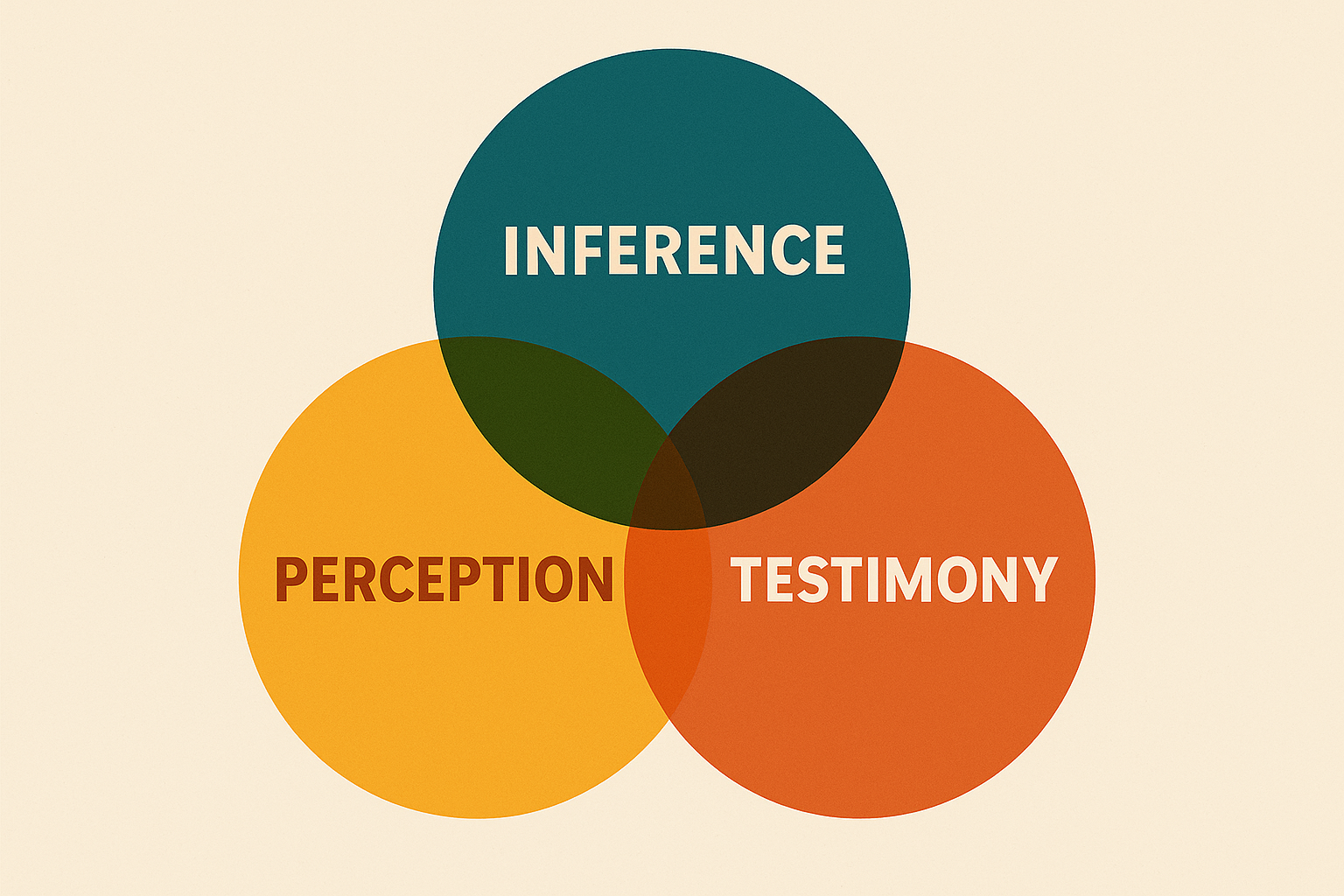Prime numbers — 2, 3, 5, 7, 11 — have always seemed both simple and mysterious. They’re the indivisible atoms of arithmetic, yet their pattern on the number line feels random, almost alive. In Spectral Geometry of the Primes, the author offers a striking new way to look at them: not as isolated points, but as part of an invisible network held together by coherence.
Watson treats the primes like a resonant system, much as a violin string or drumhead vibrates with characteristic tones. Instead of physical distance, he measures how “dissimilar” two primes are using what he calls arithmetic divergences — simple formulas comparing their ratios or logarithms. From these relations, he builds a web of connections among the primes and studies its spectrum, the hidden music that arises from their interactions.
What emerges is astonishing. The spectrum behaves as if it belonged to a world with only half a dimension. In ordinary geometry, a line has one dimension and a plane has two, but the prime network seems to live in a fractional realm — a place where coherence spreads, yet never fully diffuses. This “spectral compression” means information moves through the primes in a restricted, self-organizing way. No matter how Watson changes the mathematical details, the same pattern returns: a rigid, half-dimensional geometry built purely from the relationships among primes.
This finding echoes deep themes in physics and philosophy. The half-dimensional scaling mirrors patterns seen in quantum systems and in the statistics of the Riemann zeta function, the legendary equation that encodes the distribution of primes. The implication is that arithmetic itself follows laws of coherence similar to those that govern waves, particles, and even living systems.
For the Atma Paradigm, which views coherence and consciousness as fundamental organizing principles of reality, Watson’s result offers a vivid metaphor. If the simplest realm of number already displays self-limiting coherence — a harmony that shapes structure without physical space — then coherence may be the root language of both mind and matter. The primes, like living cells or thoughts, are linked not by proximity but by resonance.
In this view, reality is less a collection of things and more a symphony of relationships. Watson’s “coherence geometry” shows that even the pure fabric of arithmetic carries the same signature: order emerging from connection. The half-dimensional world of the primes hints that coherence, not distance, may be what truly defines the architecture of existence — and that the harmony we call consciousness could be written into the mathematics of creation itself.





